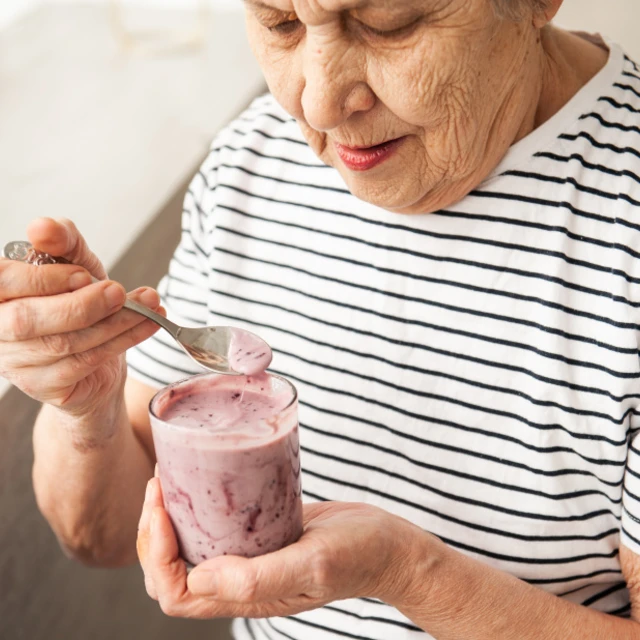Lactose-free yogurt with low sugar
After infancy, an estimated 65% of the world's population is less able to digest lactose. That means that a large part of the world's population could benefit from lactose-free dairy. There are also growing numbers of health-conscious consumers who see lactose-free as a healthier option.
Our lactase enzymes convert lactose into two easily digestible sugars, glucose and galactose. That allows you to develop yogurt that is both low-sugar and low-lactose.
Use the sweetness calculator to estimate the potential sugar reduction in your yogurt.



